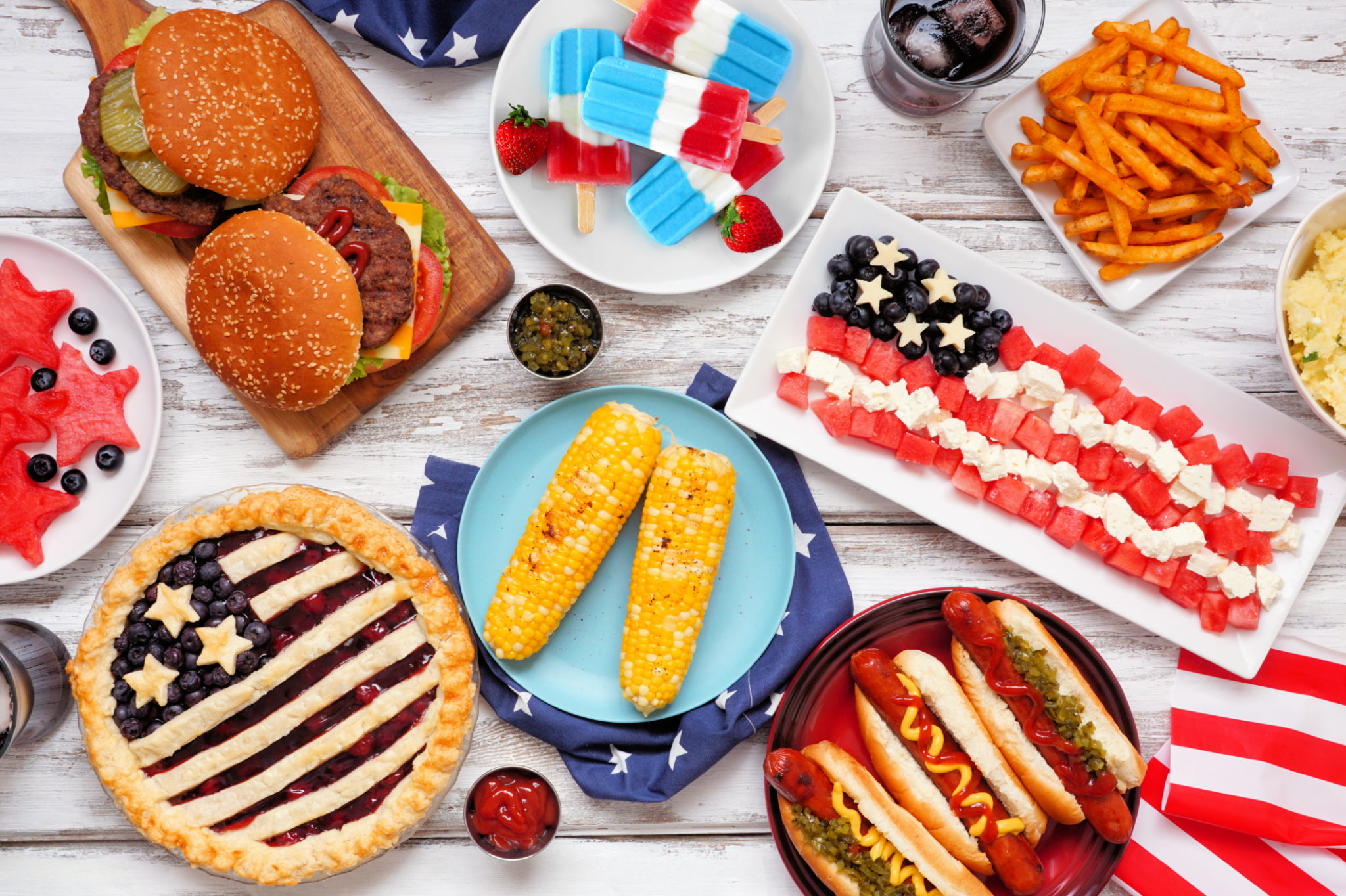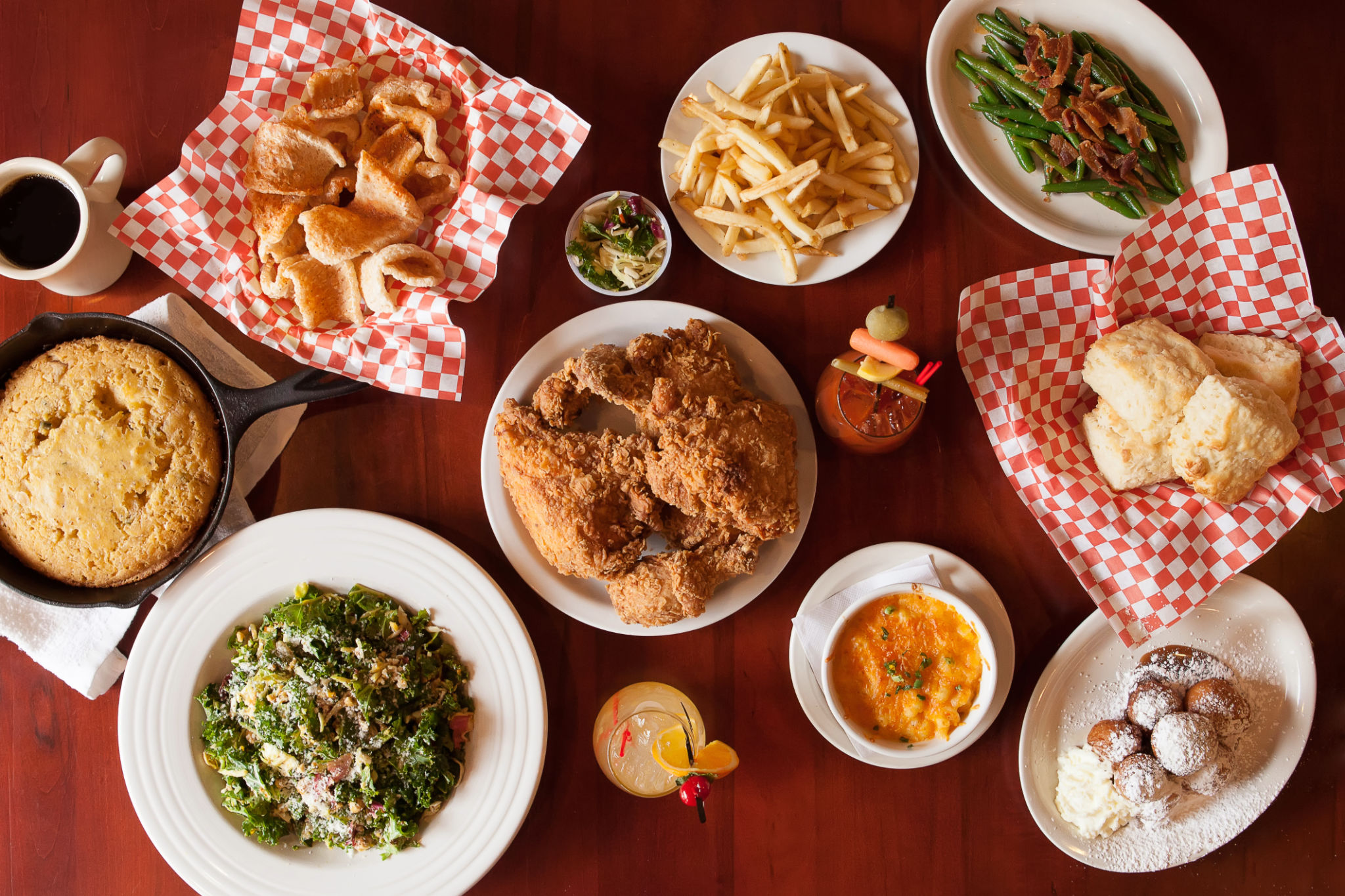Comparing Traditional vs. Modern American Dishes: Insights from Kee Creates
Exploring the Richness of Traditional American Dishes
Traditional American cuisine offers a tapestry of flavors and ingredients that reflect the country's history and cultural diversity. From hearty stews to comforting pies, these dishes are rooted in the agricultural practices and immigrant influences that shaped early American life. Some classic dishes like pot roast, cornbread, and clam chowder continue to be cherished by many households.
One might wonder what makes traditional American dishes so enduring. The answer lies in their simplicity and reliance on locally sourced ingredients. These meals were often prepared using methods passed down through generations, preserving the essence of family and community.

Diving into Modern American Cuisine
Modern American cuisine, on the other hand, is a fusion of global flavors and innovative techniques. With the rise of food networks and international travel, today's chefs are inspired to experiment and create dishes that are a melting pot of cultures. This has led to the emergence of exciting culinary trends and unique flavor profiles.
In contemporary kitchens, you might find dishes like Korean-inspired tacos or quinoa salads with a burst of Mediterranean flavors. These modern creations reflect the diverse society that America has become, celebrating inclusivity and creativity in culinary arts.

Key Differences Between Traditional and Modern Dishes
While both traditional and modern American dishes have their own appeal, they differ significantly in terms of preparation and presentation. Traditional dishes are typically simple with a focus on hearty, comforting flavors. In contrast, modern dishes often emphasize aesthetics, complexity, and a fusion of ingredients.
For example, a traditional apple pie might be straightforward with a flaky crust and sweet filling. A modern take could incorporate unexpected spices or alternative ingredients like almond flour or coconut sugar to cater to dietary preferences.
Why We Love Both Styles
The beauty of American cuisine lies in its ability to evolve while maintaining its roots. Traditional dishes provide comfort and nostalgia, reminding us of family gatherings and cultural heritage. Meanwhile, modern dishes excite our palates with bold new flavors and innovative presentations.
Whether you're enjoying a classic meatloaf or a trendy poke bowl, both styles offer something unique and satisfying. This duality allows American cuisine to be both a reflection of its past and a beacon of its future.

Insights from Kee Creates
Kee Creates, known for her culinary expertise and passion for food history, emphasizes the importance of balancing tradition with innovation. She believes that understanding the roots of traditional dishes can inspire more meaningful modern creations.
"The key is to respect the origins while being open to change," Kee notes. "This approach allows for creativity without losing sight of what makes each dish special."
The Future of American Cuisine
As food trends continue to evolve, so too will American cuisine. The future promises even more exciting combinations and reinterpretations of classic dishes. With sustainability and health consciousness becoming more prominent, we can expect to see these themes influencing both traditional and modern culinary practices.
Whether you're a fan of the old-school charm of traditional dishes or the innovative flair of modern cuisine, there's no denying that both have a place at America's dining table. Each bite tells a story, connecting us to our past while paving the way for new culinary adventures.